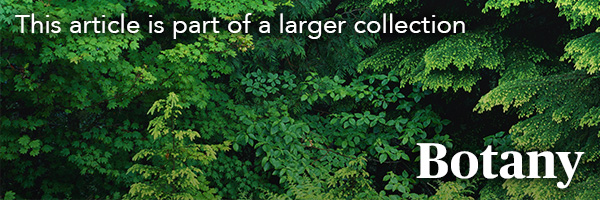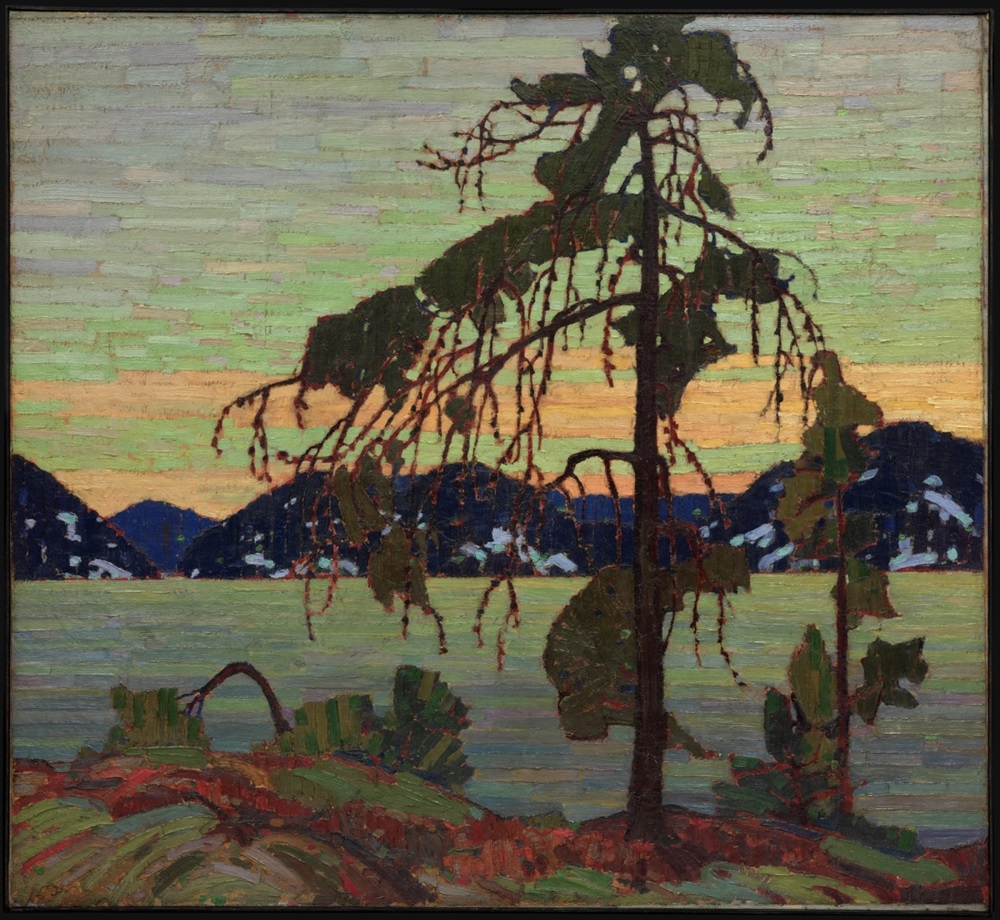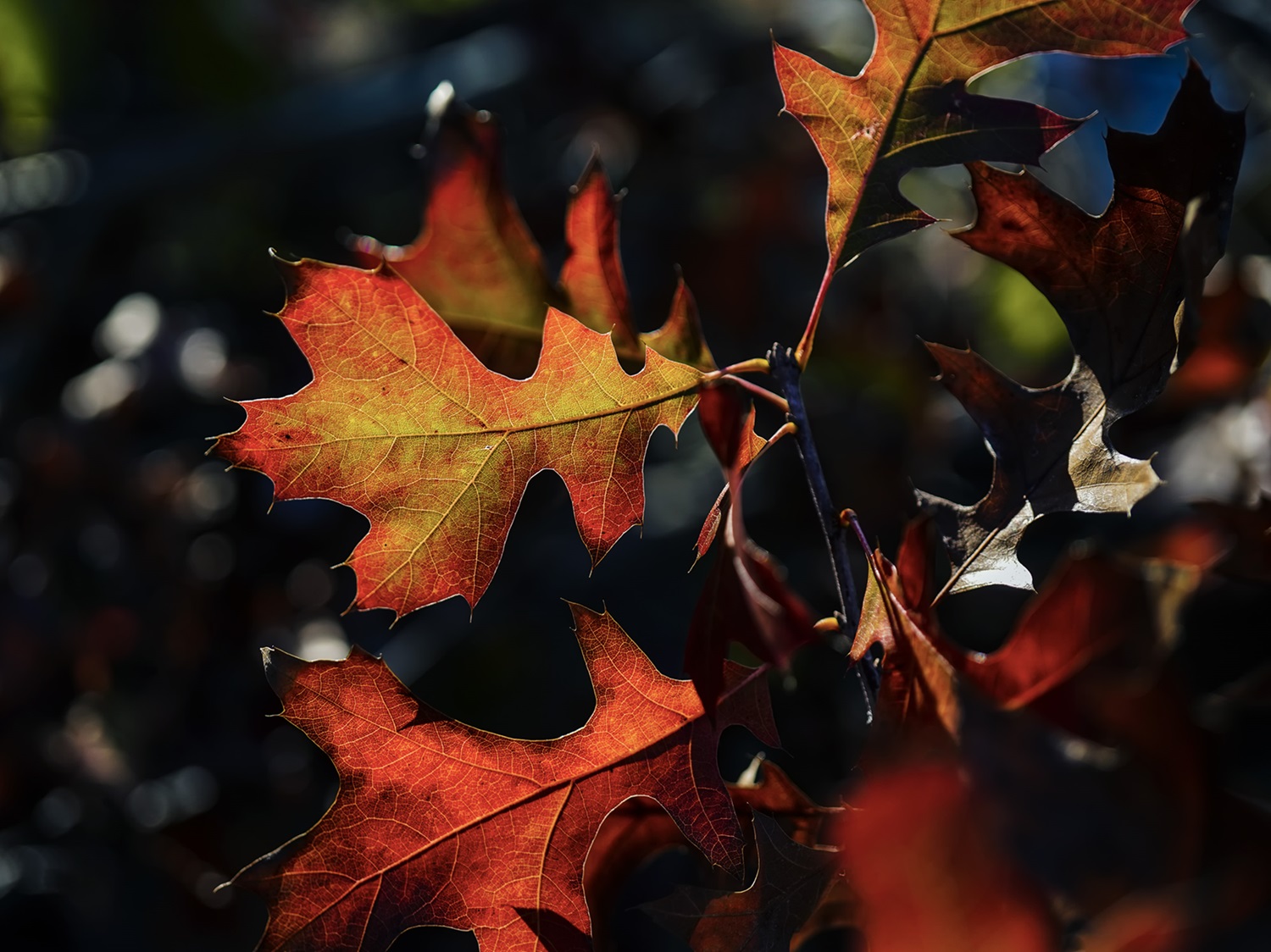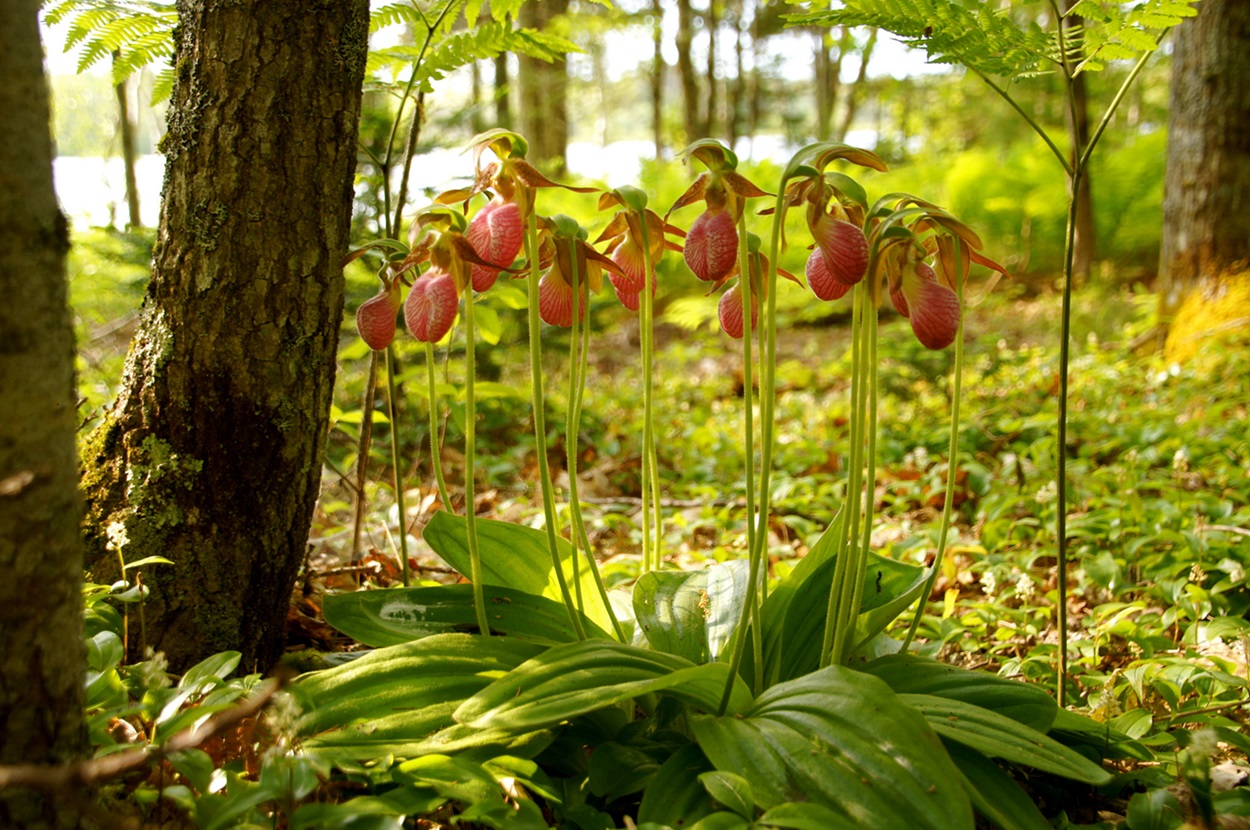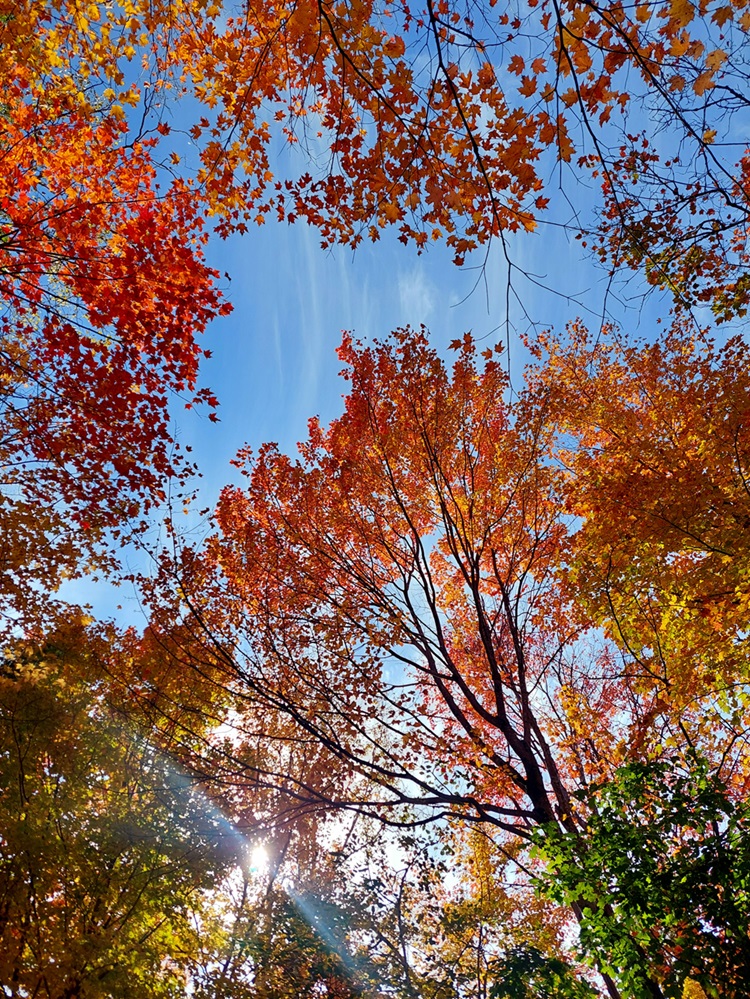Among the approximately 40 spruce (genus Picea) species found worldwide, five are native to Canada. The evergreen conifer is known for its sturdy wood, shallow root system and often pleasant aroma. Three Canadian provinces have named a spruce species as their provincial tree: the white spruce in Manitoba, the red spruce in Nova Scotia and the black spruce in Newfoundland and Labrador.
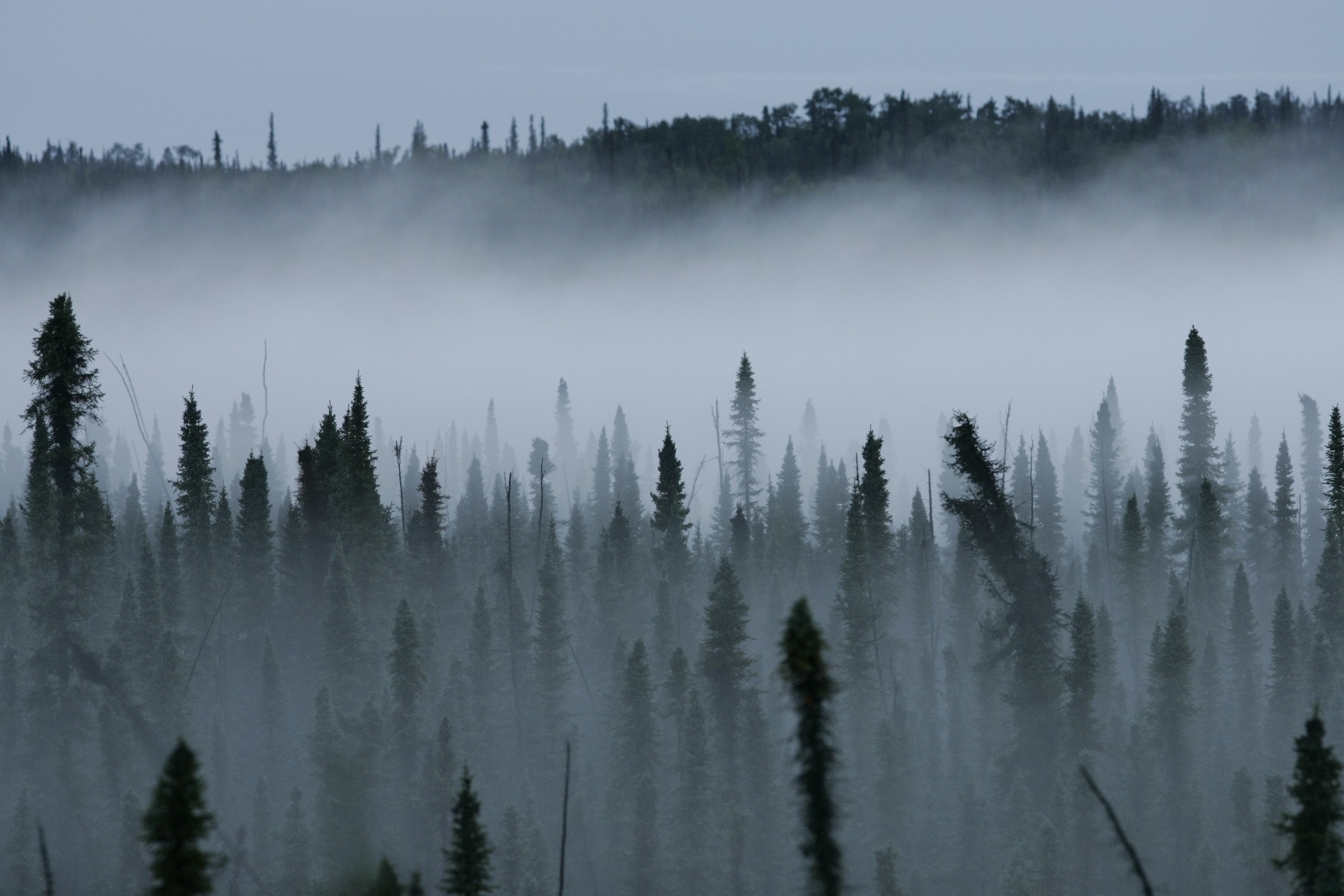
Canada’s Spruce Trees
|
Species |
Description |
Habitat and Range |
|
Picea engelmannii Engelmann spruce |
The Engelmann spruce has short (15–25 mm), sharp needles with a bluish-green hue. They typically grow to be 35–55 m in height, with shallow roots and a straight, narrow trunk. Living up to 300 years old, with some reaching over 600 years, their scaly cones usually open in autumn and drop in the winter. |
They are found in boreal, mountainous terrain throughout British Columbia, Alberta, and southward into the United States — typically at elevations between 1,000 and 2,000 m. Engelmann spruces are one of four spruce species native to British Columbia. |
|
Picea sitchensis Sitka spruce |
The Sitka spruce is one of the largest spruce species in the world. Typically, this tree will reach 55 m tall, but some of the biggest examples of this tree are found in British Columbia at over 70 m tall. The needles are flat, straight and sharp-pointed, while their cones have thin and brittle scales and open in the fall, dropping in the following months. Like many spruces, the Sitka spruce has shallow, wide-spreading roots. |
This tree runs along the west coast of Alaska, British Columbia, and down through coastal United States. It is abundantly found on Vancouver Island and Haida Gwaii. Thriving on the coast, it grows best in wet, cooler climates. |
|
Picea mariana Black spruce |
The black spruce can grow up to 30 m tall and live for 200 years. The needles are short (8–15 mm), blunt and densely packed along the branch. As the tree ages, its thin bark transforms into large scales. |
This transcontinental species is found throughout most of Canada. The slow-growing tree is highly adaptable to a variety of soils but will grow taller in dryer soils and shorter in wet, poorly drained soils. |
|
Picea rubens Red spruce |
The red spruce has yellow-greenish, blunt-tipped needles tightly packed onto hairy twigs. They typically reach 25 m in height and live up to 300 years old. They are named after their reddish-brown bark, which grows darker with age. Only producing seeds after 30 to 40 years of age, this tree is slow to reproduce. |
Found throughout the maritime provinces, Ontario and Quebec, the red spruce grows best in cool, moist climates. |
|
Picea glauca White spruce |
This medium-sized species has short (15–22 mm), pointed needles with a bluish-green hue. Growing up to 25 m tall and living up to 200 years, with a few reaching nearly 1,000 years, its straight trunk has smooth bark when young, which grows scaly with age. This spruce, like many others, has shallow roots. White spruce is known for its unpleasant odour when its needles are crushed, often referred to as skunk spruce or cat spruce. |
The white spruce is found throughout all of Canada, excluding the West Coast. It is adaptable to many soil types and often makes up the Arctic treeline. |
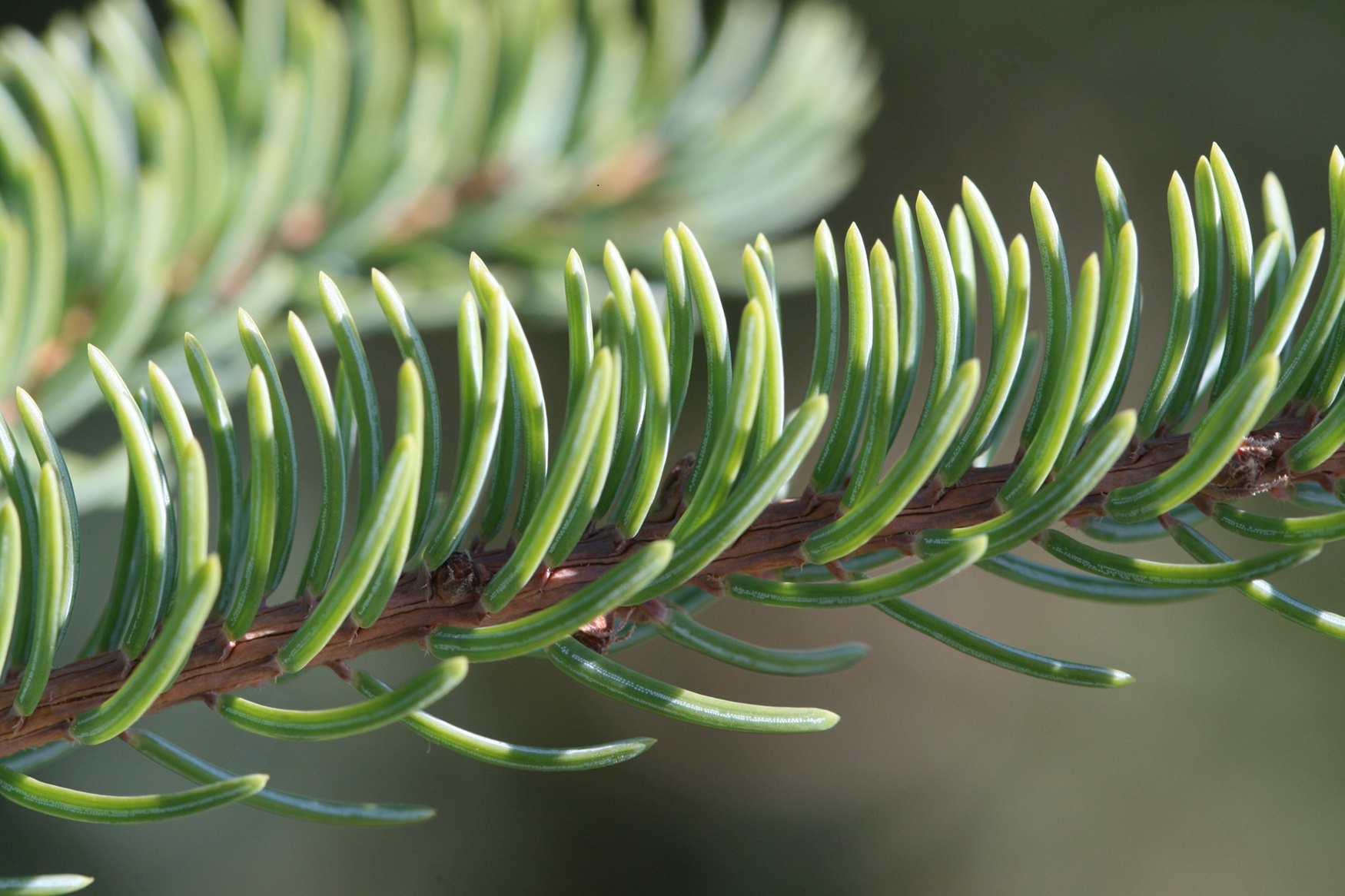
Wildlife
Many spruce species act as valuable food and shelter sources for wildlife. Both small and large animals feed on the bark, seeds, buds and branches of spruce trees. Namely, rabbits, birds, squirrels, deer, porcupines and black bears have been known to use these trees for nourishment. As the white spruce is widely spread throughout the country, it is well known as a vital source of food for wildlife.
Did you know?
Many species of trees (e.g., beech, maple, spruce) will synchronize their seed production in what is known as a mast year in an attempt to flood the ecosystem with so many seeds that the seed predators are unable to eat them all, and some will make it to germination. These mast years may come every one to two years, as with beech and maple trees in southern Quebec, or every three to seven years, as with white spruce trees in the Yukon.

Indigenous Uses
Various Indigenous communities are familiar with the spruce’s many uses, from food sources to medicinal needs to tools and clothing materials. As is common practice within many Indigenous communities, every part of the tree, from roots to leaves, often has a specific use. As the white and black spruces are the most widely distributed throughout Canada, their uses are commonly found in many Indigenous cultures.
Spruce cones can be boiled into a tea to relieve cold symptoms. The branches and roots can also be boiled or crushed for medicinal purposes. Spruce gum is often used for medicinal purposes and as a chewing gum.
The roots can be used for string and rope to sew baskets and fishnets, while the wood is used for canoes, construction and household items. The sap found in spruce is often used as a binding agent to seal boats or repair holes.
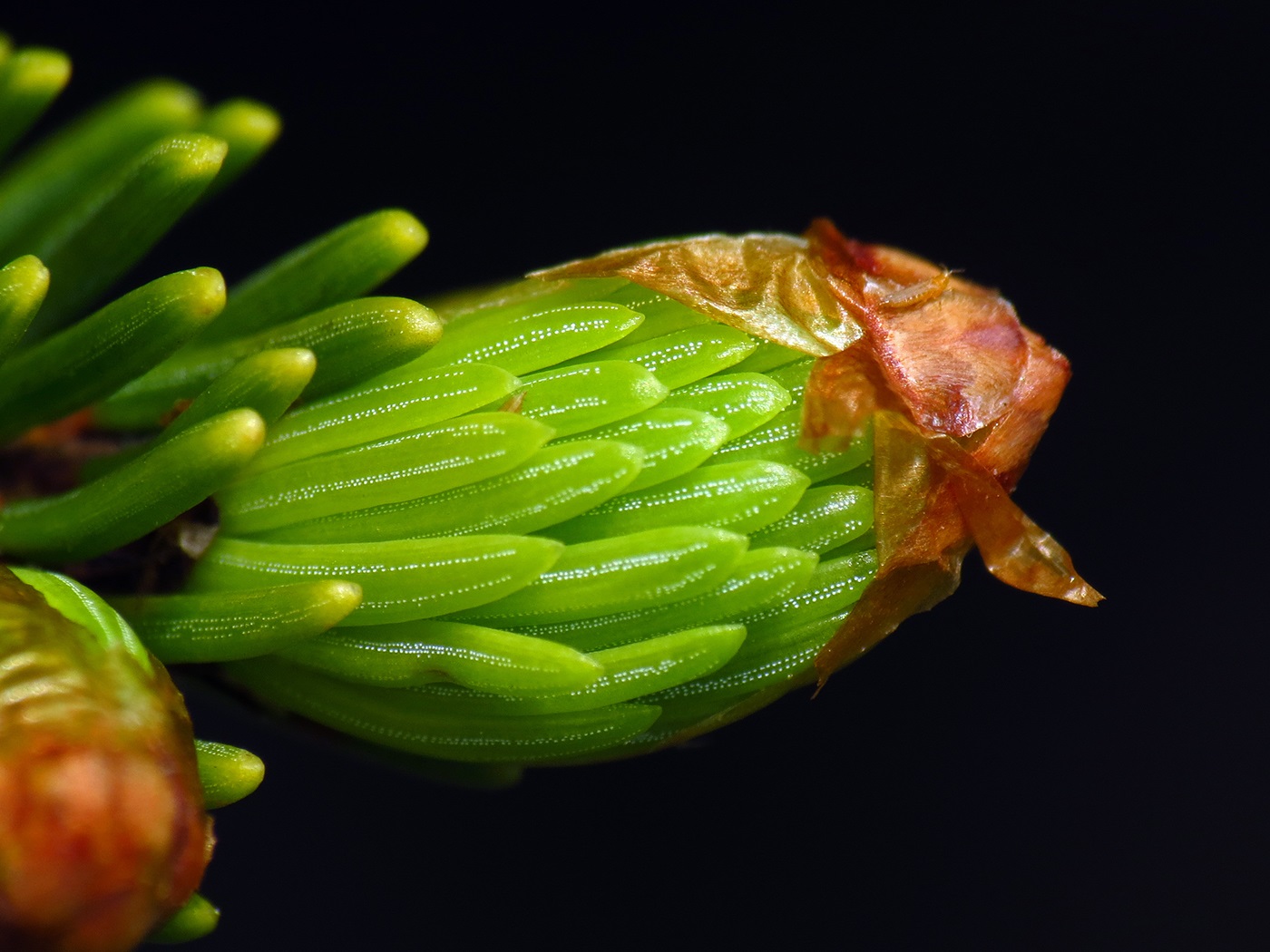
Uses
Spruce wood and bark are largely used to make wood pulp for paper production (see Pulp and Paper Industry) and lumber for various construction needs (see Lumber and Wood Industries). The bark is also used to make mulch or burned for energy. Many spruce species, like the Sitka spruce, are known for their light, flexible and strong wood, making it ideal for ship and aircraft parts.
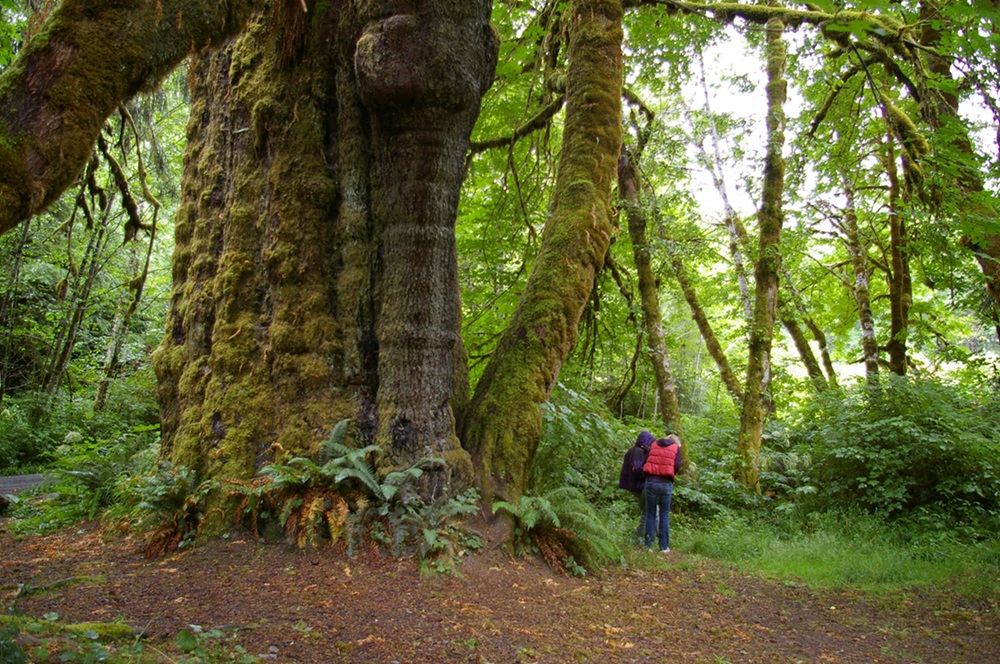
Threats
The spruce beetle (Dendroctonus rufipennis) has a transcontinental spread across Canada, infecting every native spruce species by laying eggs beneath the bark and feeding on the wood. There have been several outbreaks recorded throughout the last century, with a recent outbreak from 2015 to 2021 in British Columbia. The species has infected about 300,000 hectares of forests annually in British Columbia between 2017 and 2021, and an estimated 380,000 hectares total in Yukon between 1990 and 2007. Infected trees’ needles gradually turn a reddish-brown, eventually falling off the tree.
The spruce budworm (Choristoneura fumiferana) presents a similar threat to this tree genus, primarily feeding on white spruce, as well as red spruce and black spruce to a lesser extent. Outbreaks occur every 30 to 40 years, with the most recent beginning in 2006 near the St. Lawrence River in Quebec. By 2019, more than 9.6 million hectares of forest in Quebec had been damaged. Currently, the spruce budworm population is being monitored in order to avoid another outbreak (see Four Major Insect Pests of Forests in Canada).

An increase in wildfire activity (see Fire Disasters in Canada), paired with a warmer, drier climate (see Climate Change), has hindered spruce trees from regenerating after a fire — a task species like the black spruce typically excel at.


 Share on Facebook
Share on Facebook Share on X
Share on X Share by Email
Share by Email Share on Google Classroom
Share on Google Classroom
